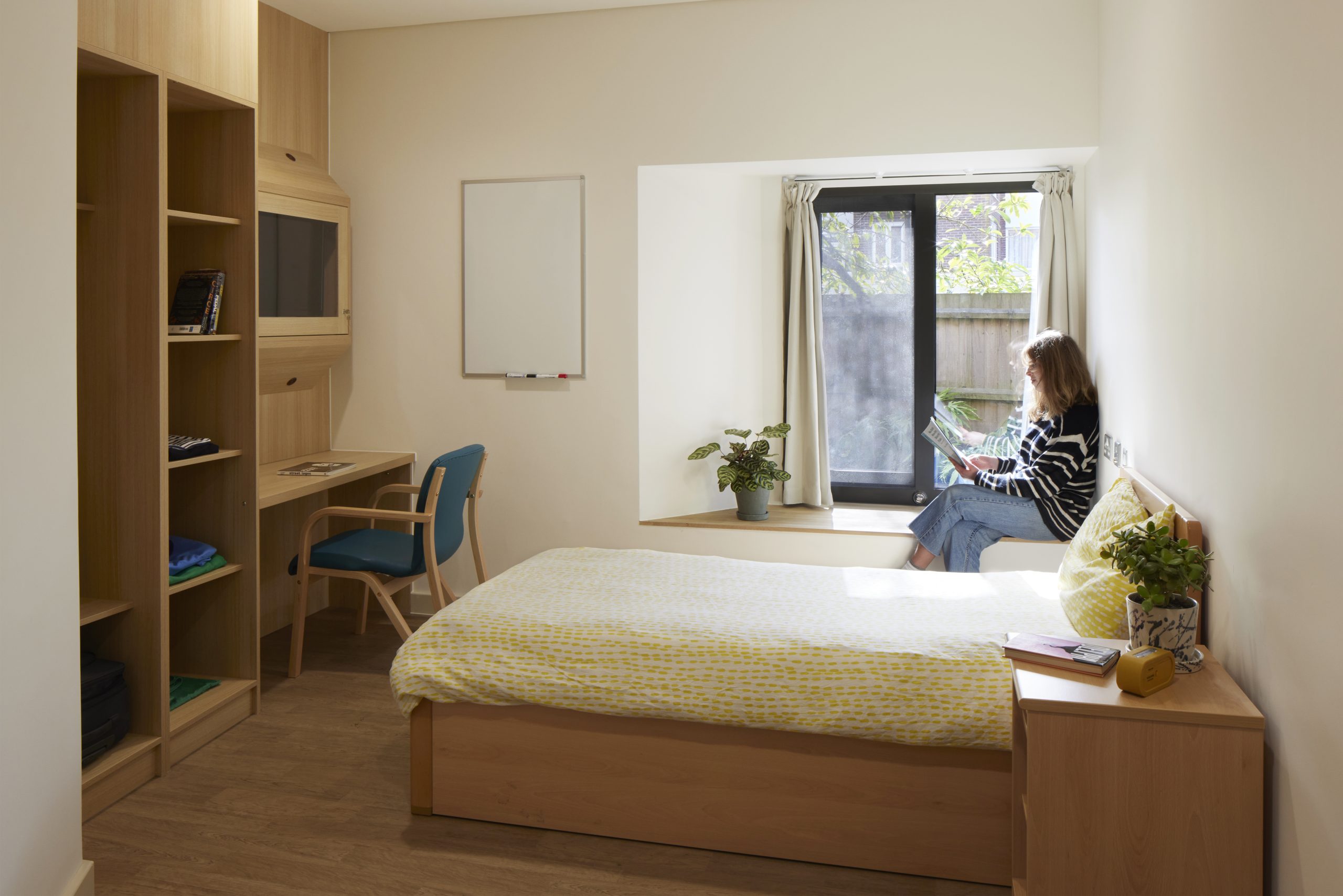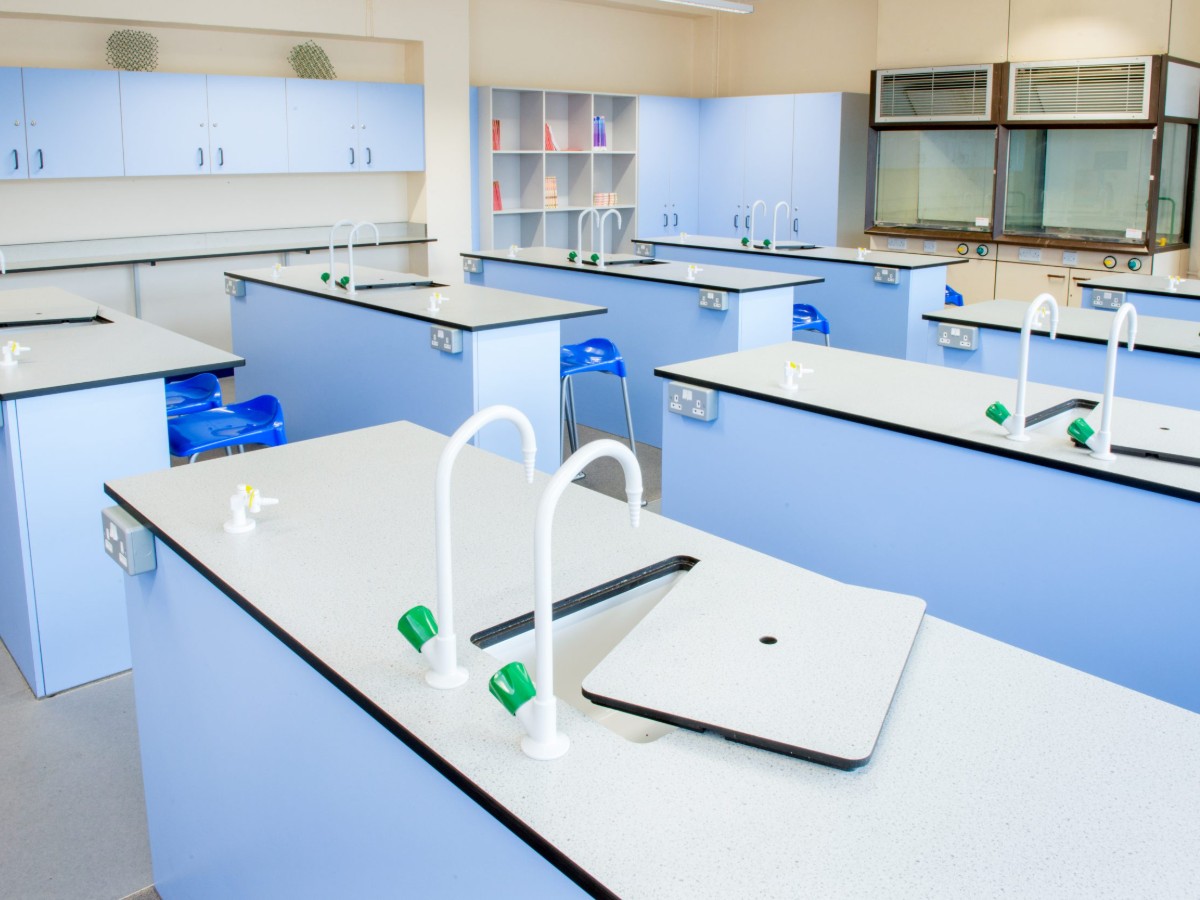Student accommodation has undergone a significant transformation in recent years. Once a basic necessity, frequently…

How students value seating and how architects can empower them
Seating is undoubtedly the first furniture consideration in the design of a school or university. Students sit for classes, lectures, lunches, breaks, meetings, assemblies and every other time when they aren’t walking around or standing. Outside of the classroom, students find spaces on campus that not only allow them to rest their feet but also become part of their identity.
This group sits here. That group sits there. Students, and humans in general, notoriously apply meaning to the places they gather. Where they sit holds value. For some, it will be held in their memories long after they have left campus.
Seating status
Where students sit and with whom plays a big part in their social standing on campus. Research by Dr Siobhan Dytham at the University of Warwick, UK, explores the construction and maintenance of exclusion, control and dominance through students’ social sitting practices. In her findings, Dytham highlights the significance of where students sit. For some, not have the right seating and thus not having anyone to sit with can lead to skipping school. She notes the ownership students feel for their space and the way they will exclude others to keep control.
Seating matters.
While students will always reimagine whatever space is created for them, and not all of them will be generous and willing to share, design can go a long way in creating inclusive spaces. Dytham’s findings highlight how proximity impacts the relationships students form. Those they are closer to in proximity to their space are those they are more likely to interact with. The further outside of the social spaces, the harder it is to break in.
Architectural and furnishing consideration
Navigating seating hierarchy and rules is unlikely to disappear from the student experience. Still, it is possible to improve this experience by understanding students’ needs and how they take up space.
According to Dytham’s study, girls tend to favour nooks and crannies, places where they can sit and talk. Unfortunately, in many school upgrades, these spaces are reduced in favour of more open spaces. Their importance is not understood.
Diversity is key, giving students ample, different feeling spaces to explore and relate to. But inclusively also requires that these spaces be designed to keep them open to new groups and uses.
Before designing exclusively for function, research like this can help to inform which types of seating spaces will positively impact school inclusion, reduce bullying and perhaps even improve attendance.
Classroom design
While ownership of spaces is most intense outside of the classroom, learning spaces are also claimed and contribute to social interactions. Static seating can encourage cliques and exclusion, while movable furniture allows students to get comfortable interacting in new ways. It presents opportunities for new bonds to form and friendships to blossom.
Of course, flexible furniture requires space or intelligent storage and counter design. David Bailey Furniture Systems works with architects to support their designs, manufacturing furniture that optimises space in schools and universities.
Student seating – where to find out more
Are you specifying fitted furniture for an education facility? See case studies of furniture projects we’ve completed for schools and colleges around the UK.
You can see our range of education furniture here.
Or please get in touch with us to discuss your vision, and we can support you with cabinets, storage and worktops that elevate your design. Or call us on 01843 604896.







